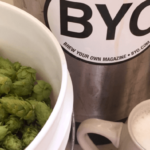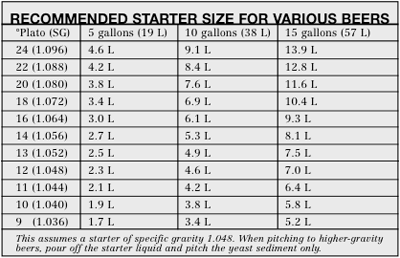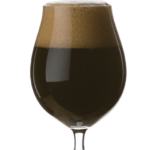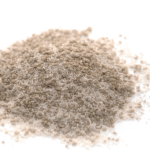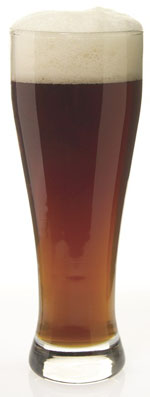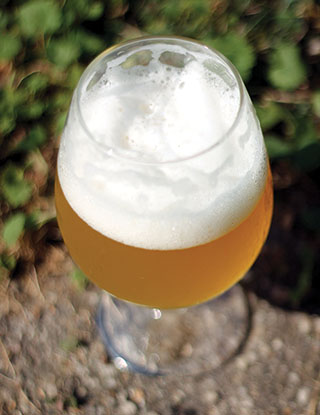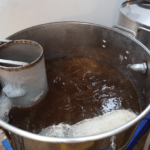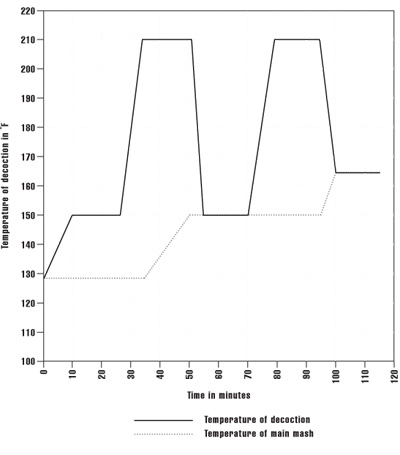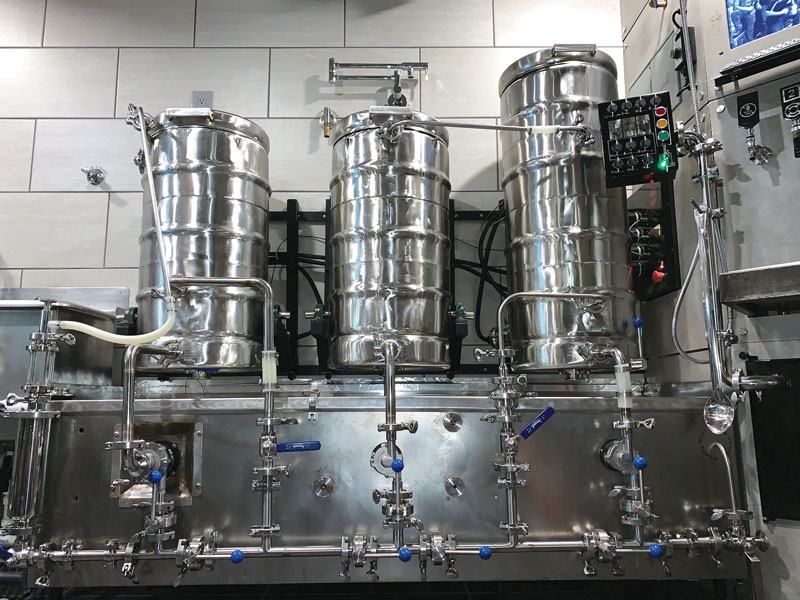Articles
The Ultimate Troubleshooter’s Guide, Part 2
Be prepared for the unexpected glitches that can arise during the brewing process, and you won’t compromise the quality of your beer.
Part Two of our Troubleshooter’s Guide examines fermentation, mashing, and more.
Recipe Formulation: Tips from the Pros
Creating your own recipe can be one of the most fun and rewarding parts of homebrewing. It takes creativity, a bit of daring, and a basic understanding of the brewing process. Three
Making a Yeast Starter
How to pitch the right amount of yeast and make a starter.
Russian Imperial Stout: Style Profile
Russian imperial stout was one of the first beer styles that caught my interest. I remember tasting North Coast Old Rasputin as I read and reread the BJCP style guidelines for the
High-Gravity Blending to Boost Homebrew Volume
High gravity brewing (or blending) allows you to brew more beer without buying new equipment.
Picking the Right Yeast: Tips from the Pros
Grant Johnston Marin Brewing Co., Larkspur, California Grant Johnston looks first for a yeast with “great flavor.” When formulating a new beer, he works around the flavor of the yeast he is
Munich Dunkel
Let’s get old school and go back to a time when people used pencil and paper, rotary phones and brewed Munich dunkel.
Hoppy Sour Beers
We explore three techniques for adding hops to some of your favorite sour styles. Plus: 3 hoppy sour beer recipes.
Burton Ale: Style Profile
Burton ale was the beer that originally put Burton on the map, beer-wise. It pre-dates IPA, and was a big export beer to the Baltic countries from about 1740 to 1822.
Brewing Hoppy American Pale Ales
Hoppy American-style ales — including American pale ales, red/amber ales, IPAs and double IPAs — are the reason many homebrewers started brewing. Learn the malts, hops that start with "C", tips and tricks to brewing these beers. Plus: Pro brewers give their opinions and two homebrew recipes.
Hot Rocks! Making a Stein Beer
To make a traditional German stein bier, use superheated granite to get your wort boiling.
Feel the Mash Heat
When I look at my mash tun, I feel a sense of pride. When I withdraw my floating thermometer from the infusion of water and malt and it reads 150° F, I
